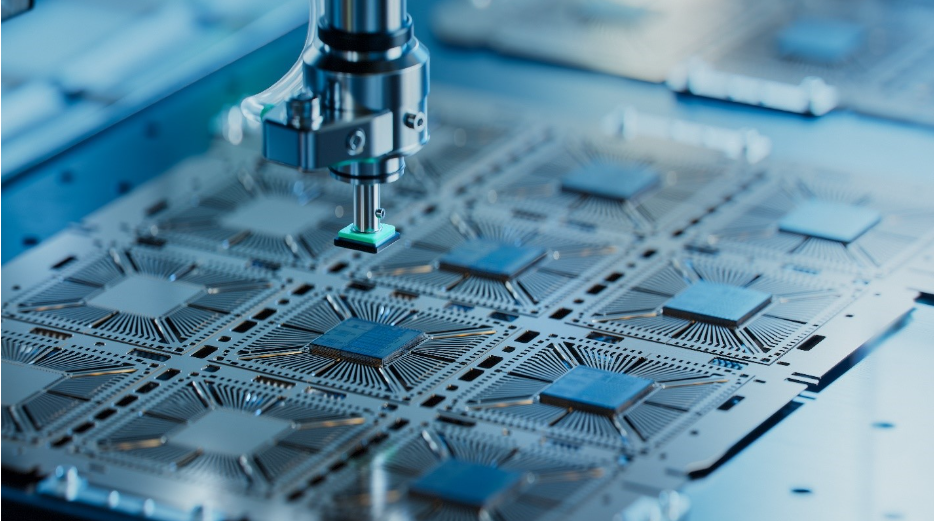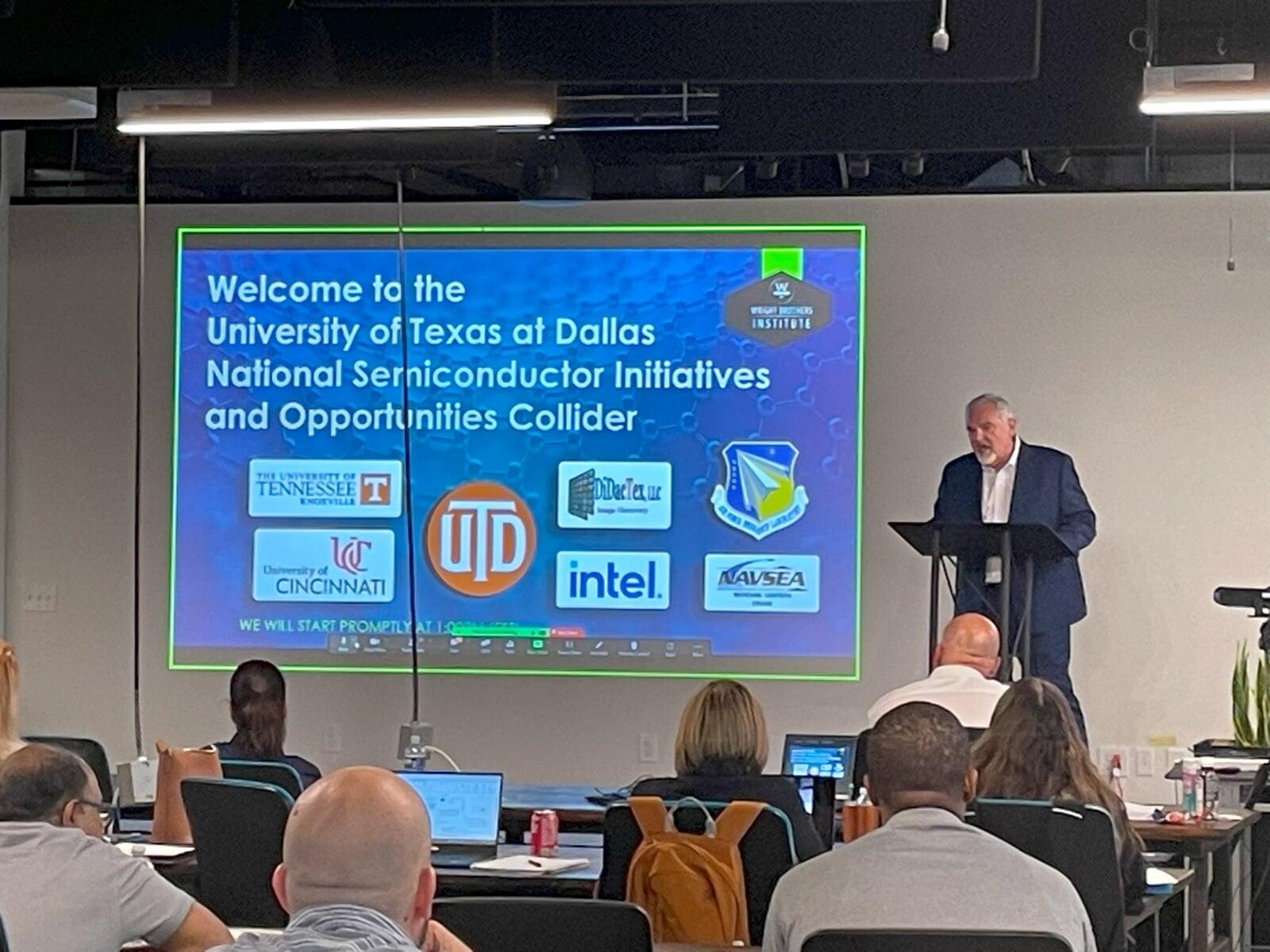
Ohio, known for its diverse industrial base, has also been deeply impacted by the semiconductor industry. The state is home to several semiconductor manufacturing facilities, research institutions, and a skilled workforce. The presence of major semiconductor companies in Ohio has created a cluster effect, leading to the growth of related industries and supporting businesses.
While the economic impact of semiconductor microprocessors is undeniable, the industry also faces challenges. Supply chain disruptions, geopolitical tensions, and rapid technological advancements pose significant hurdles. However, these challenges also present opportunities for innovation and diversification. Investments in research, development, and workforce training can bolster the industry's resilience and ensure its continued growth. Investments in the semiconductor industry, as proposed in the CHIPS Act, can lead to the expansion of semiconductor-related businesses in Ohio. This growth can create high-tech jobs, ranging from research and development to manufacturing and engineering, stimulating economic activity within the state.
The Collider gave federal laboratories such as the Air Force Research Laboratory and Navy Crane – NAVSEA the platform to share their research endeavors. It also included perspectives from industry partner Intel, along with academic experts from The University of Cincinnati, Wright State University, and the University of Tennessee, Knoxville. Understanding each organization’s pivotal roles in advancing the semiconductor industry will contribute to its growth and development on both regional and global scales. Collaboration between these entities hopes to produce:
- Accelerated Research and Development: Collaborative efforts between federal laboratories and academic institutions facilitate accelerated research and development processes. The combined expertise of researchers from federal agencies and academia leads to a deeper understanding of complex problems and innovative solutions. This synergy can significantly speed up the development of new semiconductor materials, manufacturing techniques, and microprocessor designs.
- Access to Resources and Expertise: Federal laboratories often have state-of-the-art facilities and equipment. Partnering with academic institutions provides these labs with fresh perspectives and a pool of talented researchers and students. Conversely, academic institutions gain access to specialized equipment, funding, and real-world problem-solving opportunities. This exchange of resources and expertise enhances the overall research capabilities of both parties.
- Talent Development: Collaborative partnerships create opportunities for students and researchers to engage in real-world projects. This hands-on experience is invaluable for students, allowing them to apply theoretical knowledge to practical problems. It also helps in cultivating a skilled workforce for the semiconductor and microprocessor industries, ensuring a pipeline of talent for the future.
- Innovation and Commercialization: The synergy between federal labs and academic institutions fosters a culture of innovation. Researchers often work on cutting-edge projects, leading to the discovery of new technologies and applications. Through collaborative efforts, these innovations can be fast-tracked into commercial products, benefiting both industries by ensuring they stay at the forefront of technological advancements.
- Problem Solving and Solutions: Federal laboratories often face real-world challenges that require innovative solutions. Collaborating with academic partners brings fresh perspectives and a diverse range of problem-solving approaches. By working together, researchers can address complex issues in semiconductor manufacturing, design, and performance, leading to more efficient and reliable microprocessors.
- Economic Growth and Job Creation: Strong partnerships between federal labs and academic institutions contribute to economic growth at both the regional and national levels. Successful research collaborations can attract investments, create jobs, and establish a robust ecosystem of innovation. The growth of the semiconductor and microprocessor industries also stimulates related sectors, leading to a more vibrant economy.
- National Security and Defense Applications: For federal laboratories like the AFRL, collaborative partnerships with academic institutions are crucial for advancing technologies with national security and defense applications. Breakthroughs in semiconductors and microprocessors have direct implications for defense systems, communication technologies, and intelligence applications, making these collaborations essential for enhancing national security capabilities.
Ultimately, collaborative partnerships between federal laboratories like the Air Force Research Laboratory and state of Ohio academic institutions offer a mutually beneficial relationship. These partnerships drive innovation, accelerate research, nurture talent, and strengthen both the semiconductor and microprocessor industries, leading to technological advancements, economic growth, and enhanced national security capabilities.

